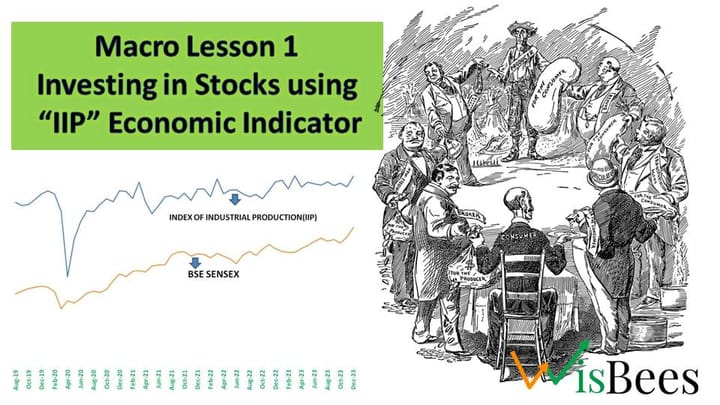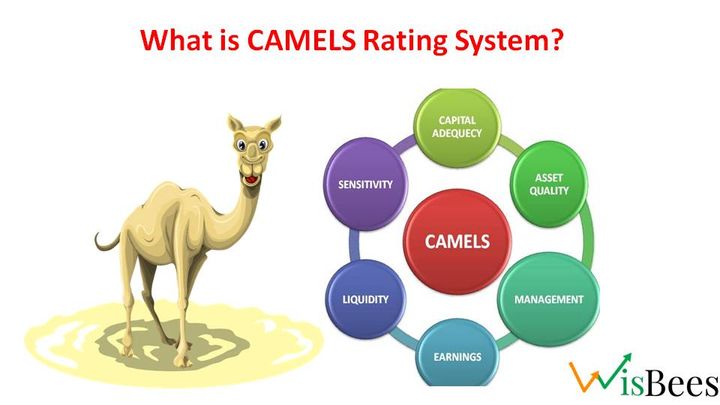Mastering the Trend Following Trading Strategy

“Price is Supreme”
"This is a commonly used phrase among traders and investors in the stock market. In Hindi, they say 'Bhav hi Bhagwan hai,' which means that the price of an asset, commodity, stock, etc., is the paramount factor when making trading decisions, considering the market participants' supply and demand dynamics."
Markets tend to trend which means if they move up they tend to move up making a trend known as an up trend similarly if they move down they tend to move down making a trend known as a downtrend.
Well this concept is an easy and simple one, we just have to identify the trend and find the right opportunity to enter and exit when the trend reverses. This is basically what a trend-following trader does. Sounds easy, too, right?
So, how does a trend develop, and how to identify the same?
There are three types of market players (market participants) in the market such as retail traders, high-net-worth individuals/ investors, and Institutional investors.
Retail Traders/ Investors are the people who participate in the market with a small capital maybe in thousands or in few lakhs trying to earn some extra money. They are usually more in number.
High Net Worth Investors are those who enter the market for the purpose of investing for the long term and with a good sum (in crores). People with surplus cash in hand look forward to any opportunity to create wealth.
Institutional Investors are big organizations with a pool of money. Such as mutual funds, government companies, Asset Management Companies, hedge funds etc., and these companies are further segregated into two categories:
- FIIs or Foreign Institutional Investors. These are foreign companies (outside India) who look forward to invest in a growing economy.
- DIIs or Domestic Institutional Investors. These are companies that operate within the economy or sometimes foreign companies.
No more beating around the bush… Let's get back to our topic; just take a wild guess who among these three categories we just talked about have the maximum influence in the market movement? If your answer is retail traders/ investors, then you are absolutely wrong because though they are more in number but their money does not add up like the Institutional ones. They say when a big player makes a move the smaller ones are likely to follow them and bet in the same direction, which helps in increase in the price of an asset or stock gradually, which eventually results in the formation of a trend. So quarter after quarter when these institutions buy the stock due to its good performance which eventually forms a trend and vice versa.
Now that you know how a trend is developed, it's time to identify and take an entry into one. Well, there are various ways where one can identify a trend by using Dow Theory, Technical analysis, Candlestick Patterns, and Volume.
Dow Theory: The accumulation phase where investors take their positions and gather a good number of shares. This phase is time-consuming as everyone aims to buy at the lowest possible price and sell at the highest possible price to maximize their gains. Furthermore, the trend during this phase remains sideways since individuals continuously adjust their average buy price.

The subsequent phase is known as public participation, during which retail investors, including individuals like you and me, contribute to driving the price. When the price reaches its peak level, indicating increased supply, it can either continue to rise or undergo a breakout in a specific direction.
Technical Analysis: You can use various indicators and oscillators on the price chart to identify a trend like MACD, RSI, Bollinger Band, and Moving Average. The most simple tool that can be used is a trendline which will tell you if it is an ongoing trend or if we are out of trend.
Candlestick Pattern is a part of technical analysis learn them on our website itself.
You are not alone in this.
Thousands of people see similar patterns or they tend to follow some of the few tools mentioned above and try their luck or bet on their analysis. They continue to buy and increase the demand and drive the price to reach its peak.
At times when the overall market is going down some fundamentally strong stocks continue to go higher & higher and vice versa.
Example

Let's consider the example of Reliance Industries Ltd. on a weekly timeframe. The image above represents the price chart of RIL, which perfectly aligns with our explanation. As you can observe, the rectangular box indicates the accumulation phase of the Dow Theory, where institutions gradually begin to take positions. It is important to note that aggressive buying may result in a higher price, as we previously discussed the concept of averaging. Additionally, within the box, you can see the three moving average lines of 21, 50, and 100, which were closely aligned or overlapping. However, as the prices started to rise and broke through the moving average lines, the trend changed. This shift could be attributed to aggressive buying by all participants, signifying the beginning of a new trend.
As we all know, at the beginning of 2020, all market participants tended to exit due to the pandemic. It is important to note that the price dropped below all the moving average (MA) lines, indicating that the upward trend had ended unless a reversal occurred. However, when the economy revived after the pandemic people were able to acquire stocks at a lower price. Consequently, the price swiftly rebounded, resuming the upward trend.
| Broker | Type | Offerings | Invest |
|---|---|---|---|
 |
Discount Broker | Mutual Funds, Stocks, IPOs, Bonds | Know more |
 |
Discount Broker | Mutual Funds, Stocks, IPOs, Bonds | Know more |
 |
Discount Broker | Mutual Funds, Stocks, IPOs, Bonds | Know more |
 |
Service Broker | Mutual Funds, Stocks, IPOs, Bonds | Know more |



